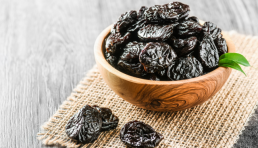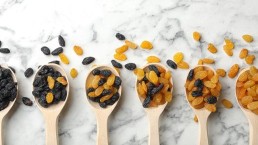Prune Supplementation May Mitigate Bone Loss in Postmenopausal Women
Eating prunes improved immune, inflammatory and oxidative stress markers A…
Desensitization and remission after peanut sublingual immunotherapy in 1- to 4-year-old peanut-allergic children: A randomized, placebo-controlled trial
Background: Prior studies of peanut sublingual immunotherapy (SLIT) have…
Shipping Disruptions Continue in Red Sea
Commercial vessels transiting the region remain under threat Disruptions in…
Breakthrough curve analysis of phosphorylated hazelnut shell waste in column operation for continuous harvesting of lithium from water
In batch-scale operations, biosorption employing phosphorylated hazelnut shell…
Effects of walnut seed coat polyphenols on walnut protein hydrolysates: Structural alterations, hydrolysis efficiency, and acetylcholinesterase inhibitory capacity
The walnut meal is rich in nutrients such as protein from the kernel and…
Effects of Supplementary Pollination on Macadamia Nut Set, Retention and Yield in Murang’a County, Kenya
Macadamia is a promising prime dessert nut with the potential of alleviating…
Losing ground: projections of climate-driven bloom shifts and their implications for the future of California's almond orchards
Climate change is expected to impact the spring phenology of perennial trees,…
Alternative fertilization practices lead to improvements in yield-scaled global warming potential in almond orchards
This study investigates the impact of alternative fertilization practices on…
Climate change impacts on insect pests for high value specialty crops in California
California is a global leader in production and supply of walnuts and almonds,…
Marketing Orders: January 2024
USA: Temporary Relaxation of Requirements for California Raisins The U.S.…


